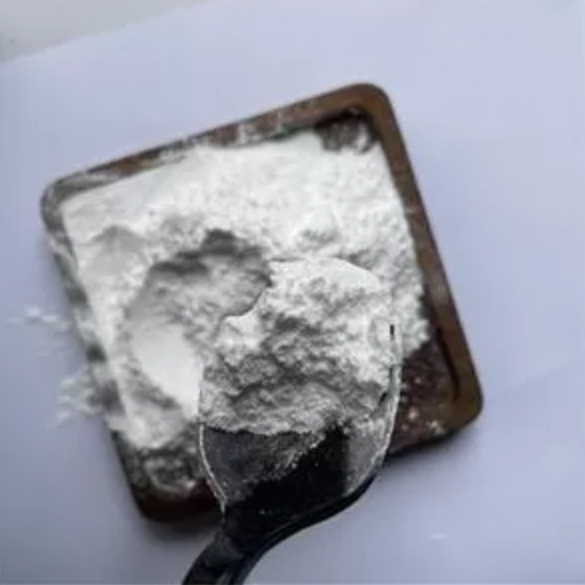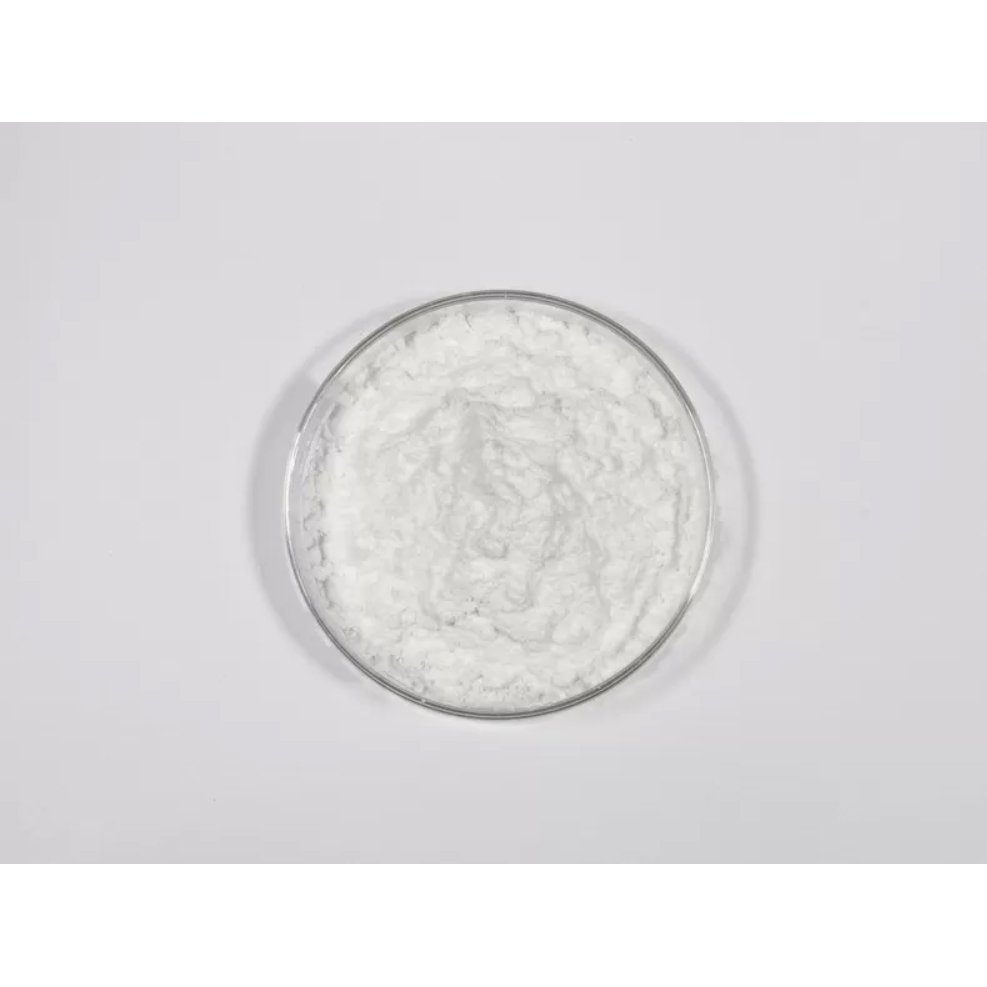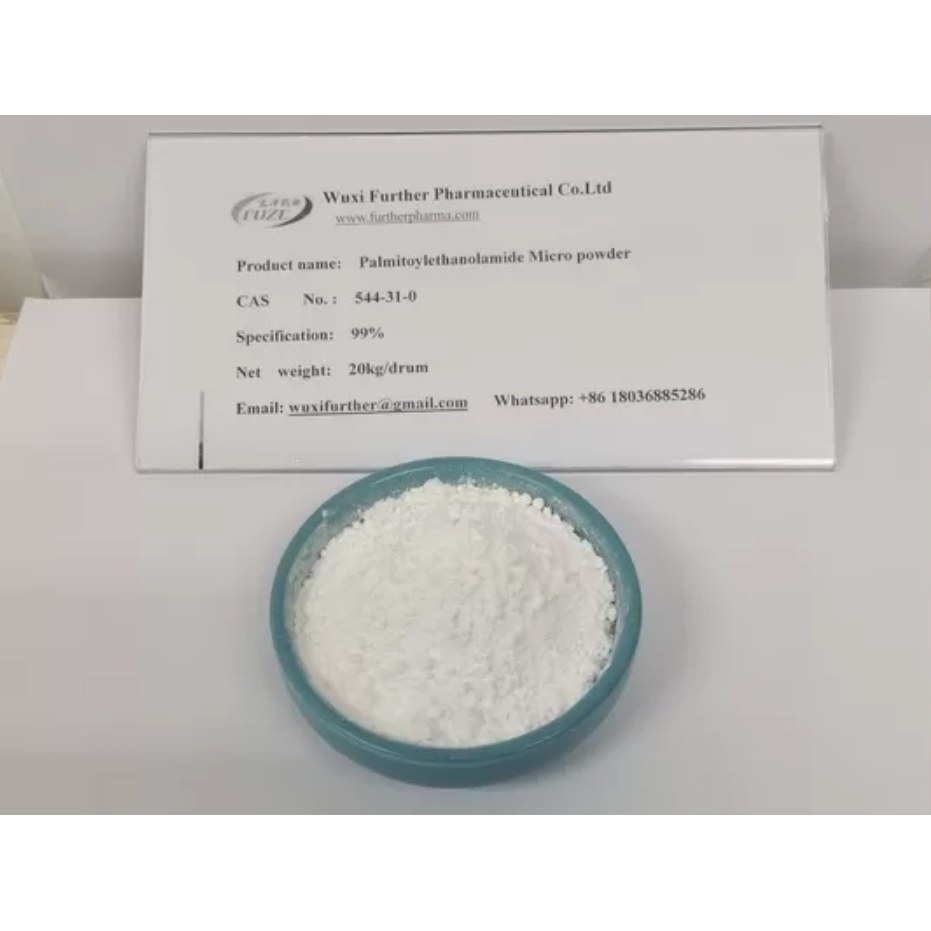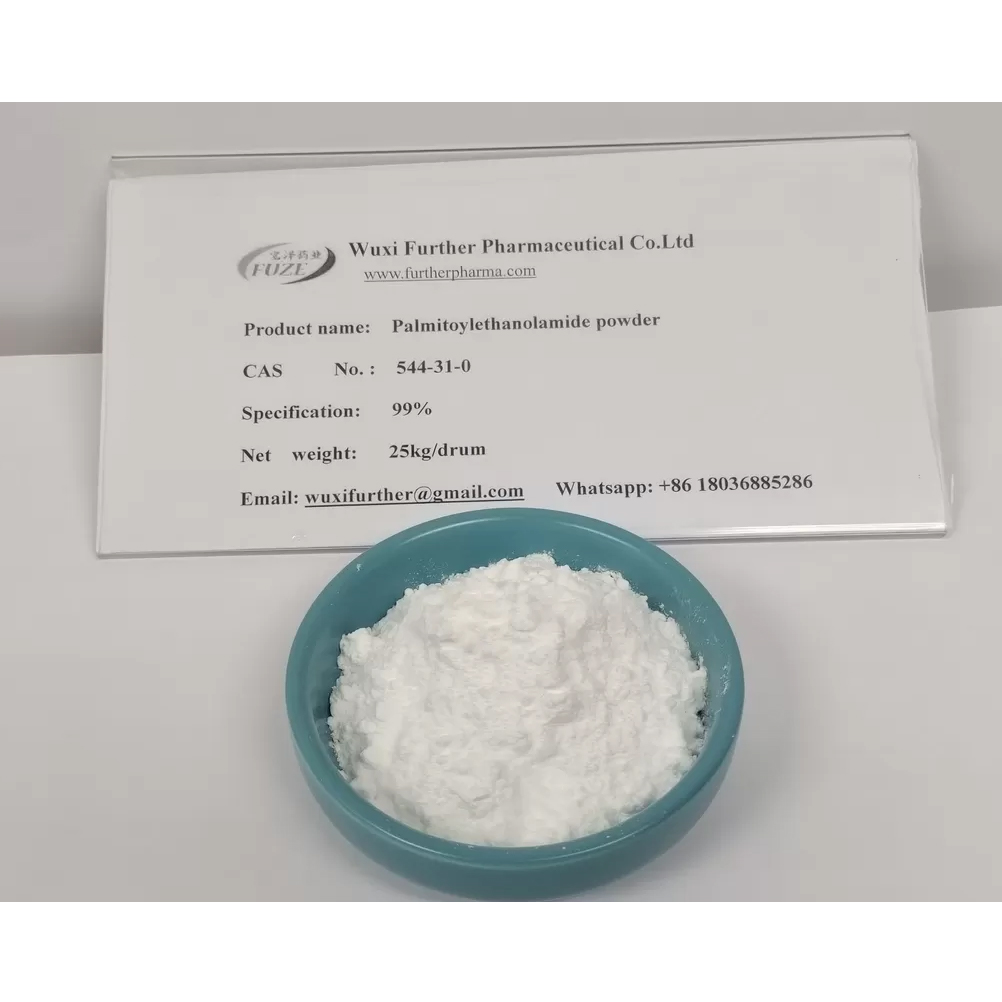OEA Food Additives Oleoyl Ethanolamide N-(2-Hydroxyethyl)-,(Z)-9-Octadecenamid 98% OEA CAS 111-58-0
OEA Food Additives Oleoyl Ethanolamide N-(2-Hydroxyethyl)-,(Z)-9-Octadecenamid |
CAS No.: 111-58-0 |
Purity: 98% |
Molecular weight: 325.52 g/mol |
Molecular formula: C₂₀H₃₉NO₂ |
Appearance:White to white crystalline powder or solid |
Package: 1g,10g,100g,1000g |
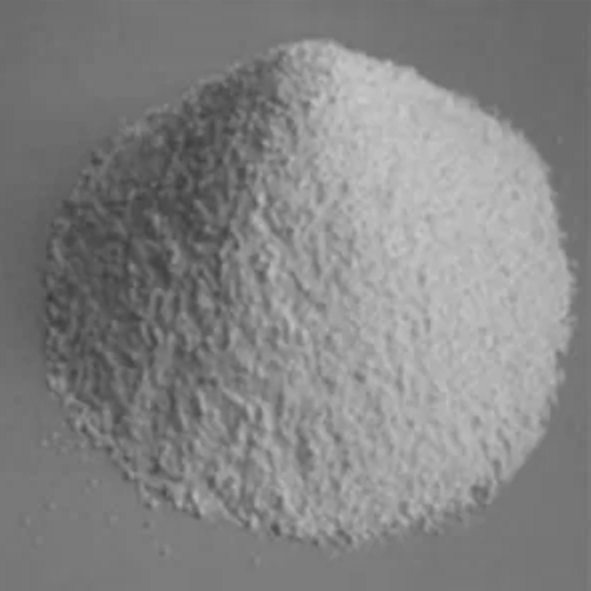
OEA Food Additives Oleoyl Ethanolamide N-(2-Hydroxyethyl)-,(Z)-9-Octadecenamid 98% OEA CAS 111-58-0
Assay:98% 50%
Form:powder
Color:white
Package:25kg/drum
اترك رسالة
ونحن سوف ندعو لكم مرة أخرى في أقرب وقت ممكن !
عزيزي
أنا مهتم في OEA Food Additives Oleoyl Ethanolamide N-(2-Hydroxyethyl)-,(Z)-9-Octadecenamid 98% OEA CAS 111-58-0 ، يمكنك أن ترسل لي المزيد من التفاصيل ، مثل نوع وحجم الحد الأدنى موك ، والمواد ، الخ .
شكراً جزيلاً
في انتظار ردكم .
50% Food Additives
,white Food Additives
,OEA 111-58-0
CAS 111-58-0 OEA Food additives Oleoyl Ethanolamide N-(2-hydroxyethyl)-,(Z)-9-Octadecenamid 98% OEA ODA
Description:
OEA is one of the long chain fatty acid ethanolamides that accumulates rapidly in infarcted tissue, but its biosynthesis is reduced in the intestine of rats following food deprivation. OEA is an endogenous, potent agonist for PPARα, exhibiting an EC50 value of 120 nM in a transactivation assay. Systemic administration of OEA suppresses food intake and reduces weight gain in rats (10 mg/kg intraperitoneally) and PPARα wild-type mice, but not in PPARα knockout mice. These data indicate that OEA regulates food intake by a PPARα-mediated mechanism.
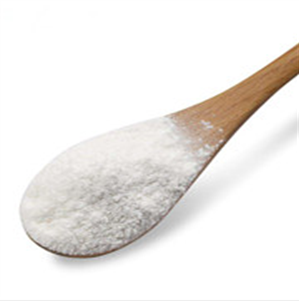
Sample of OEA
Chemical Formula:

What is oleoylethanolamide used for?
Oleoylethanolamide (OEA) is a molecule produced in the body, usually found in the intestines. It is responsible for the feeling of satiety after meals. Further research is needed to determine if oral supplementation of OEA provides benefits for weight loss. Oleoylethanolamide is most often used for Fat Loss.
What are natural sources of oleoylethanolamide?
There has been growing interest in oleoylethanolamide (OEA), which binds to PPAR-α with high affinity21. The main dietary sources of OEA include oatmeal, nuts, and cacao powder. Moreover, dietary oleic acid acts as the main substrate for OEA production.
Why do we need anandamide?
Anandamide plays a role in memory, appetite, sleep, and pain relief. The endocannabinoid system — endocannabinoid compounds and their receptors — acts as a regulator to keep the brain and body in a state of balance called homeostasis.
What are the symptoms of anandamide deficiency?
Symptoms of an endocannabinoid deficiency may include a lowered pain threshold and improper regulation of digestion, mood, and sleep. Such a deficiency could be caused by a combination of genetic and environmental factors.
References:
www.chemicalbook.com
https://examine.com
https://www.ncbi.nlm.nih.gov
https://bebrainfit.com
https://www.encore-labs.com
المنتجات الموصى بها


